There are so many species out there that are integral to nature that we couldn’t possibly fit them all into one list. So, we’ve picked 18 of the most important types of flora and fauna that the world could simply not afford to see go extinct.
Bees
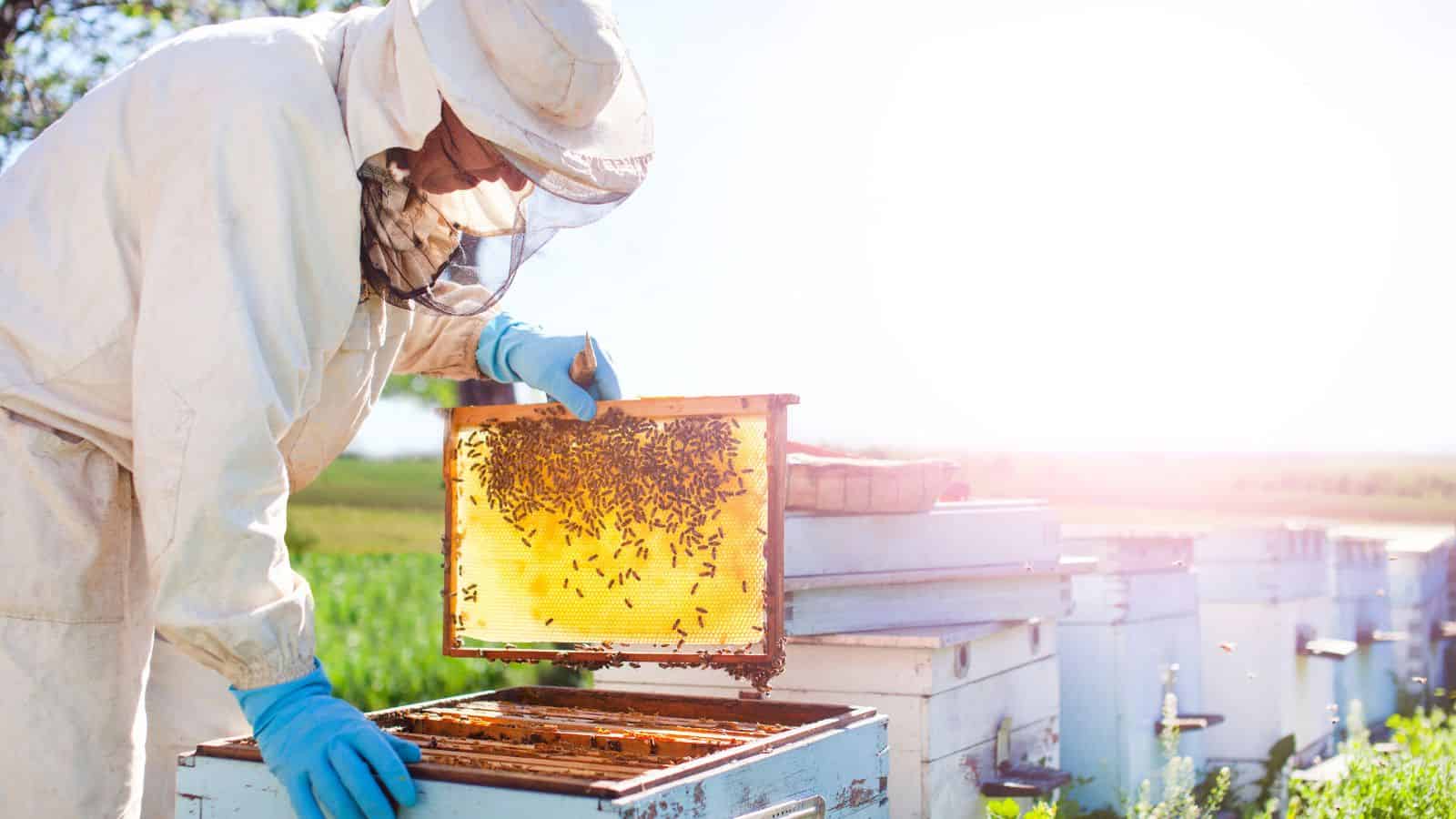
WWF stats show that up to 90% of wild plants and 75% of crops around the world depend on animal pollination, and bees make up a huge amount of that. If bees were to go extinct, it would threaten global security and have a massive impact on wild plant species and biodiversity.
Coral Reefs
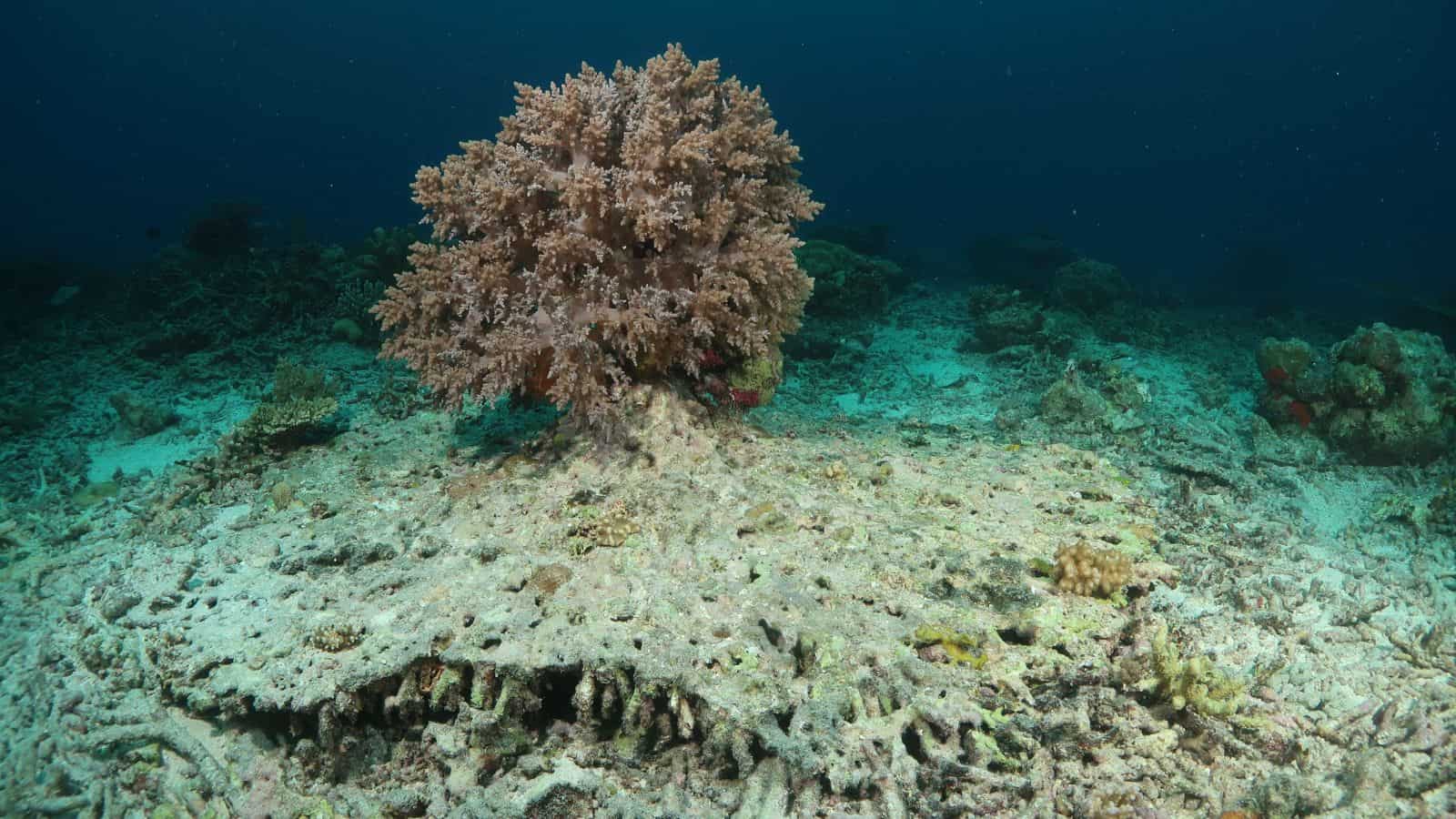
The coral reefs of the world support a massive 25% of marine life by providing habitats and breeding grounds. So, nobody could argue that they’re crucial to the survival of thousands of species while also protecting coastlines from erosion and storm surges. We must do more to protect our coral reefs.
Phytoplankton
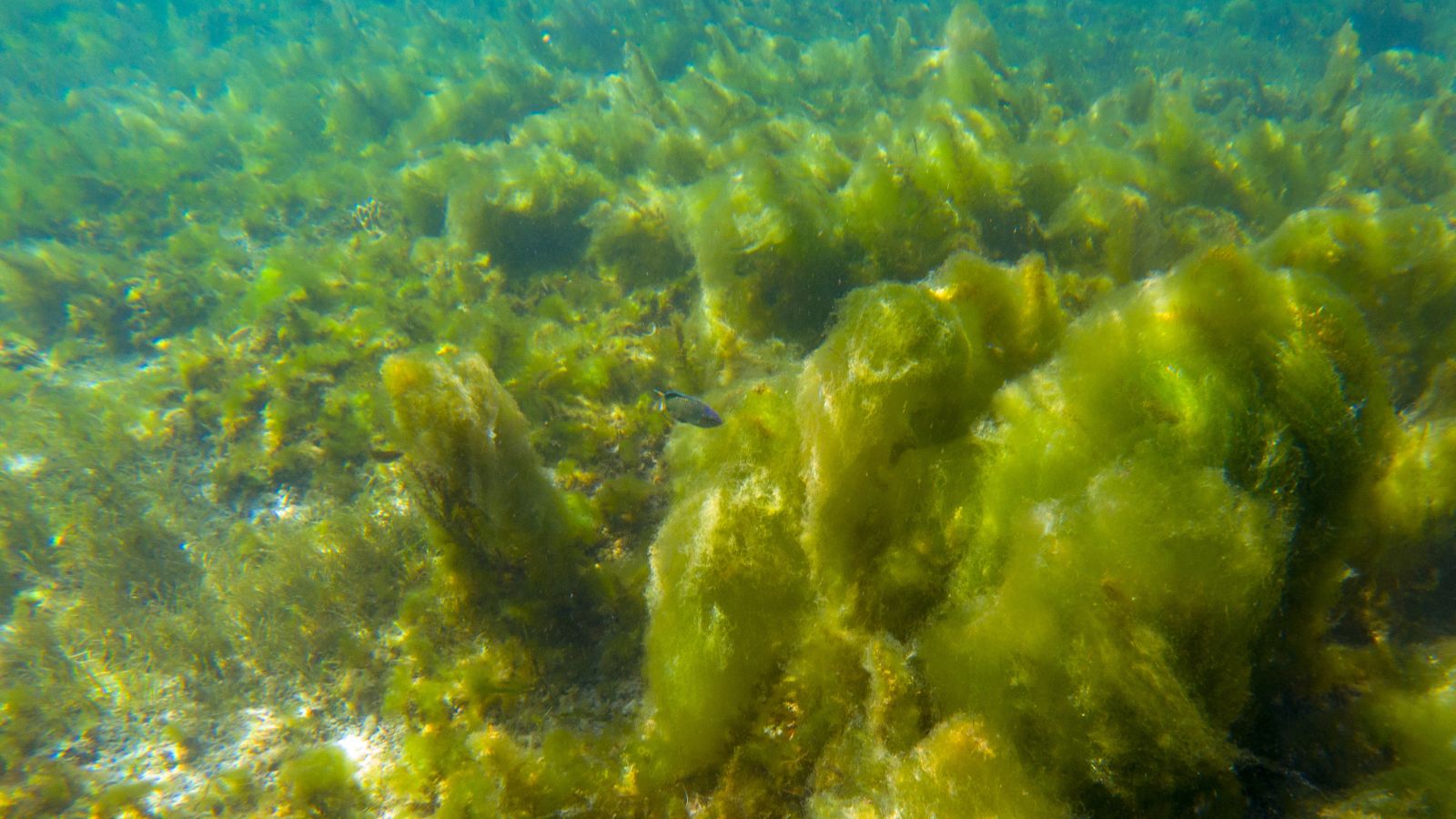
Species are essential, big and small, and in this case, very small! Did you know that phytoplankton produces an amazing 50% of the world’s oxygen? Without these, nobody would be able to breathe, and the human race may well end up coming to an end altogether. Scary…
Amazon Rainforest
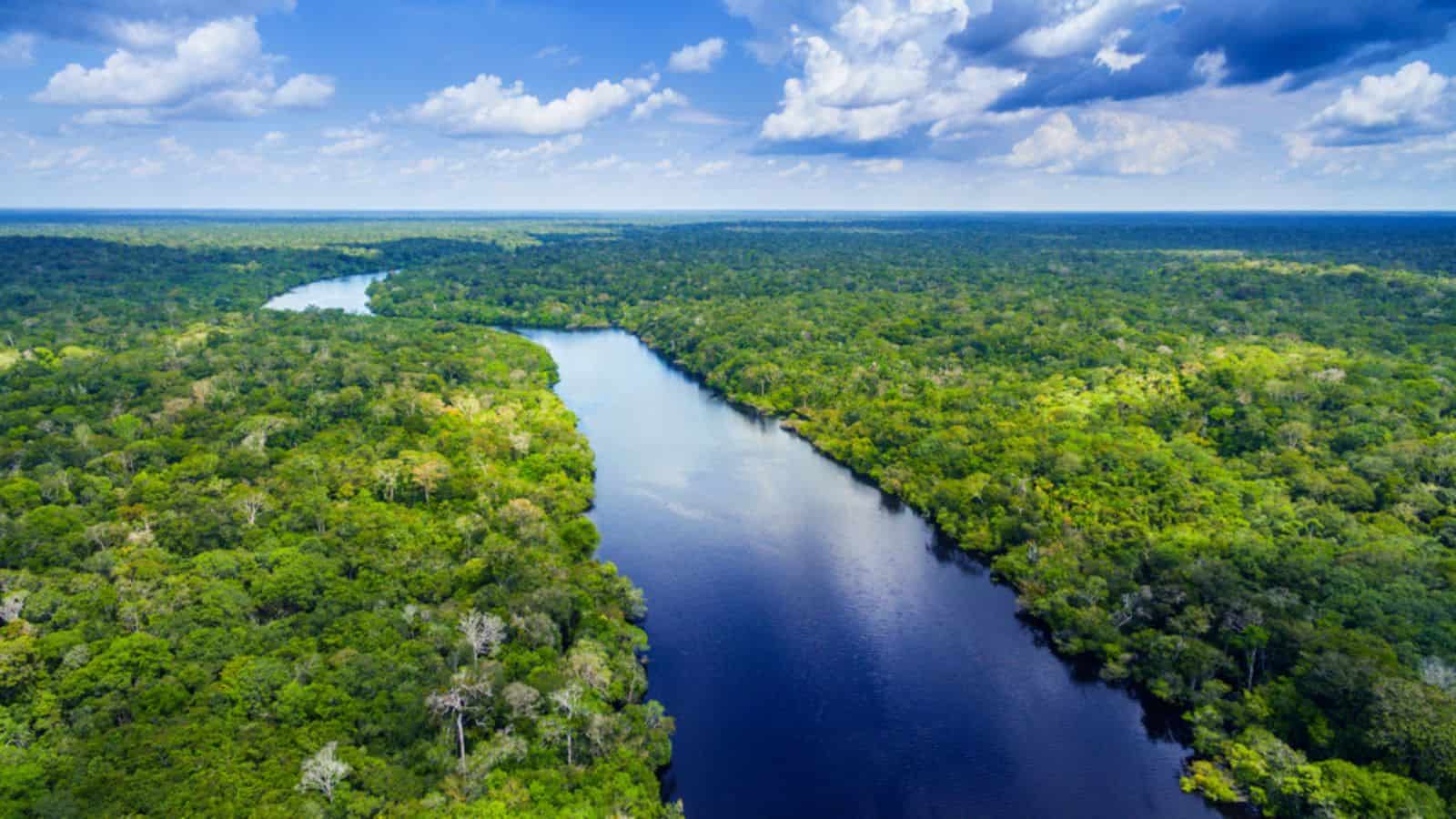
So, this one isn’t a species as such, but we need to consider all of the trees that make up the Amazon Rainforest. If they weren’t there, we’d lose a massive 10% of the world’s known species, and there’d be nowhere near as much oxygen in the air (plus a lot more carbon).
Freshwater Fish
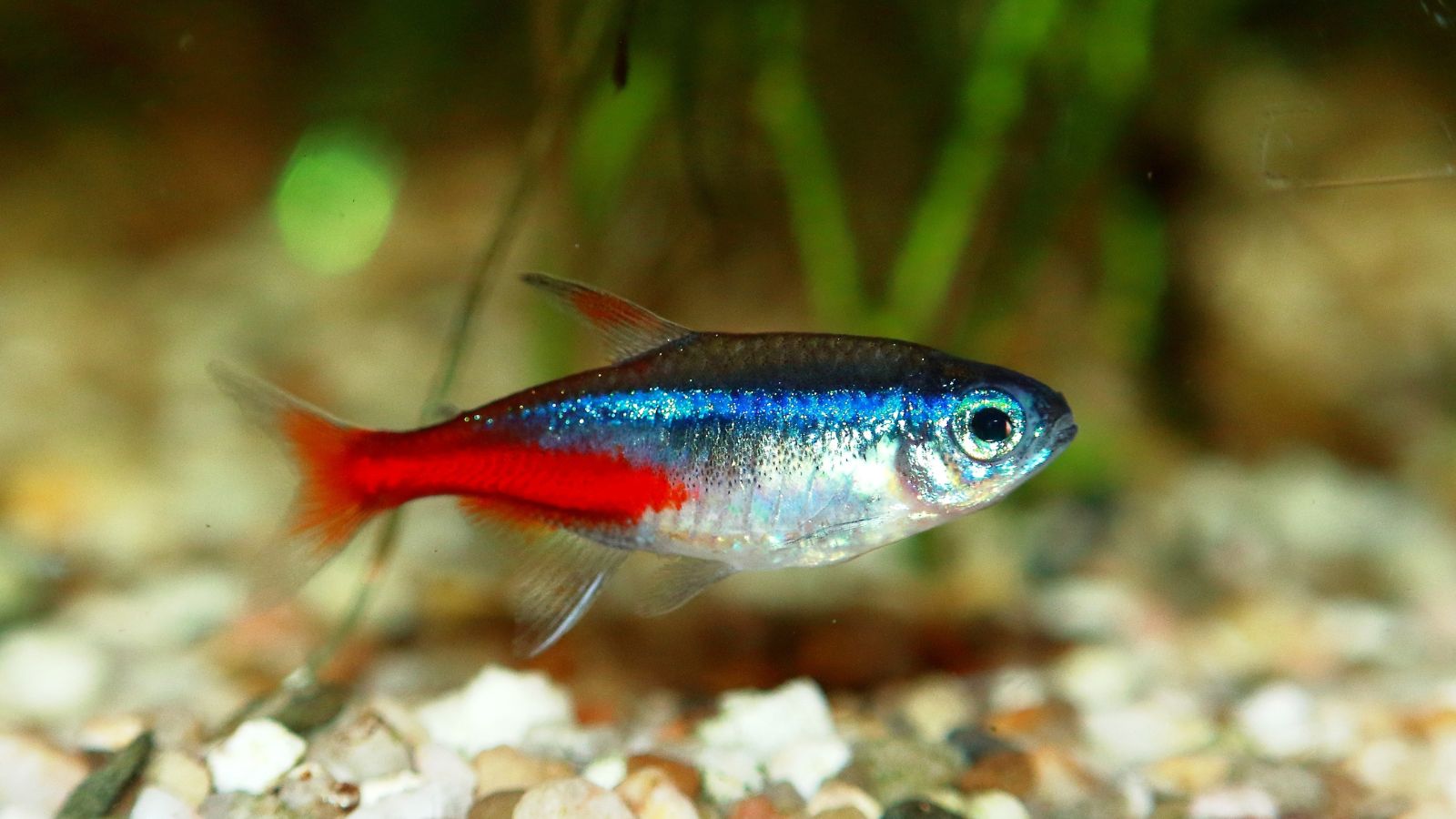
Not only are fish essential to the diet as a form of protein for millions of people, but they’re also essential to nature. They help to maintain freshwater ecosystems, and their decline would actually have a negative effect on our water supply, believe it or not.
Mangroves

According to Conservation International, mangroves store more carbon per unit area than any other ecosystem in the world. This means that they’re integral to the slowing down of climate change. Plus, they act as buffers to protect coastlines from erosion and extreme weather while housing many species.
Pollinating Bats
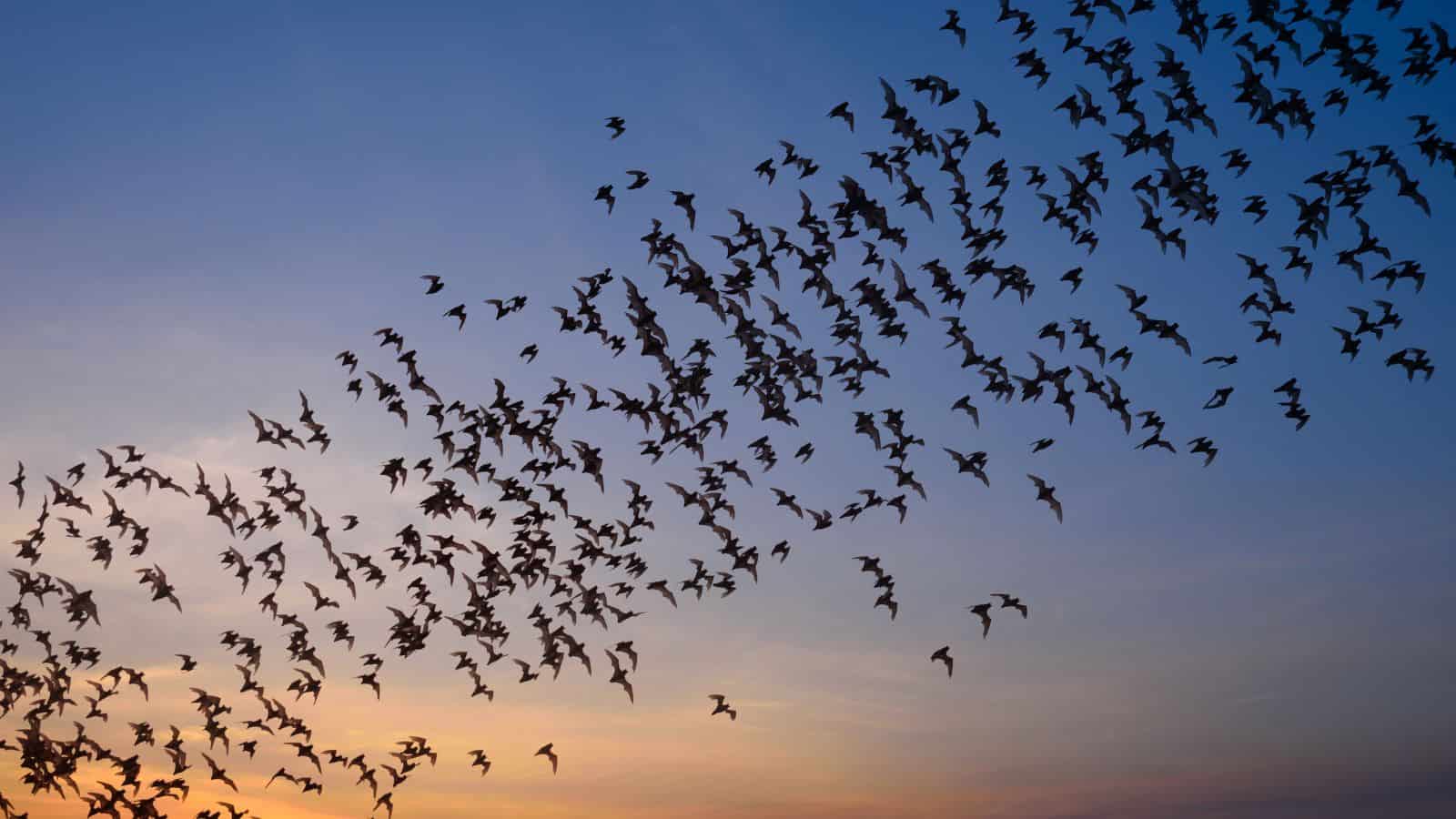
Bats actually pollinate over 300 species of fruit around the world, including bananas and mangoes. So, they’re key to our consumption of these fruits while also keeping the insects away, which reduces the need for pesticides. As a result, their demise would be catastrophic for agriculture.
Earthworms

You might not have thought of the humble earthworm as important to the world, but these little creatures are actually essential for enhancing soil fertility. This improves the structure of the soil and its water filtration, which is key for farming and, therefore, for food supply chains.
Sea Turtles
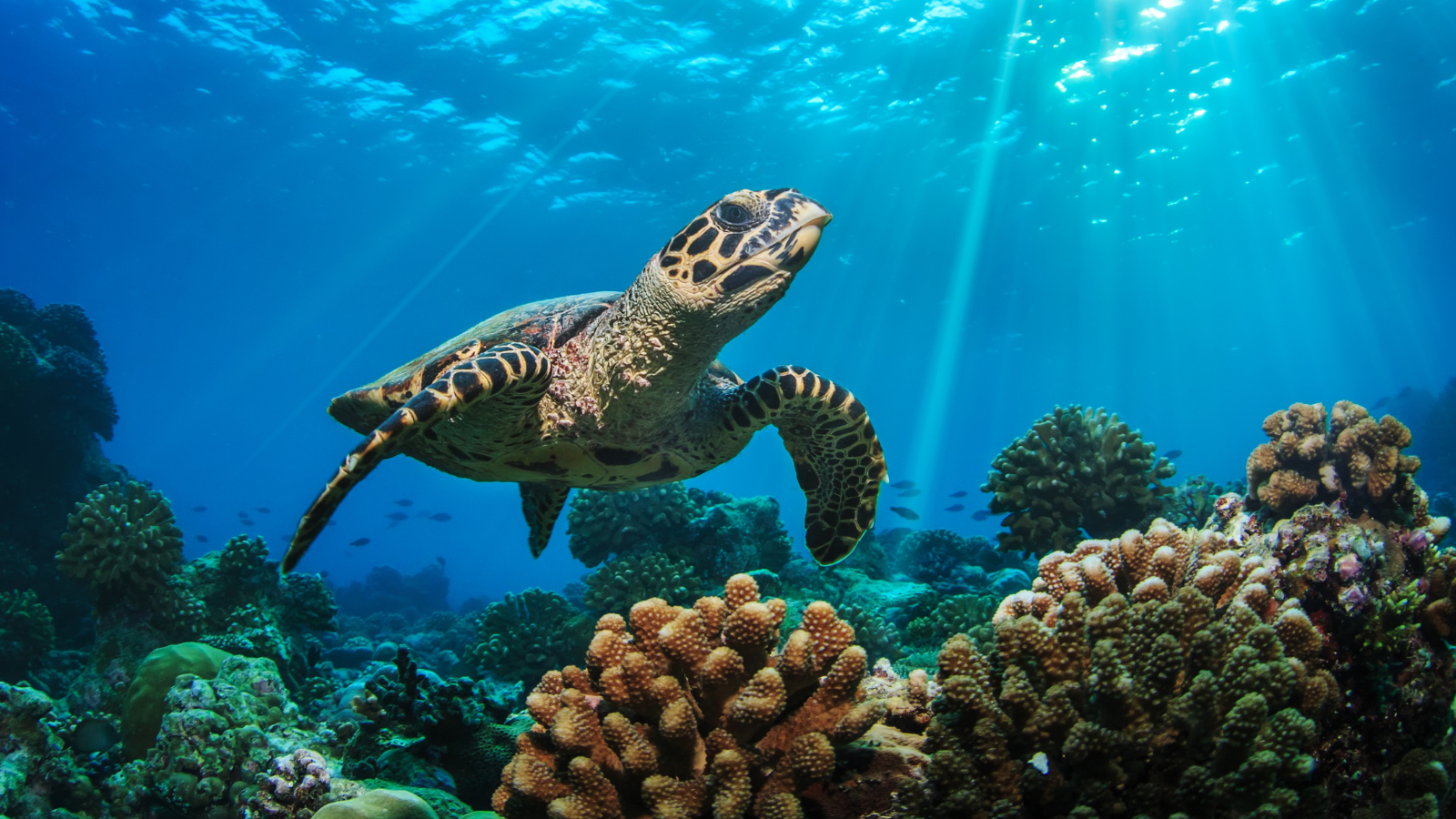
Sea turtles are more than just some of the most beautiful creatures in the world. They’re also responsible for the maintenance of healthy seagrass beds and coral reefs. As we know by now, coral reefs are essential for the world in general, so this practice is key.
Elephants
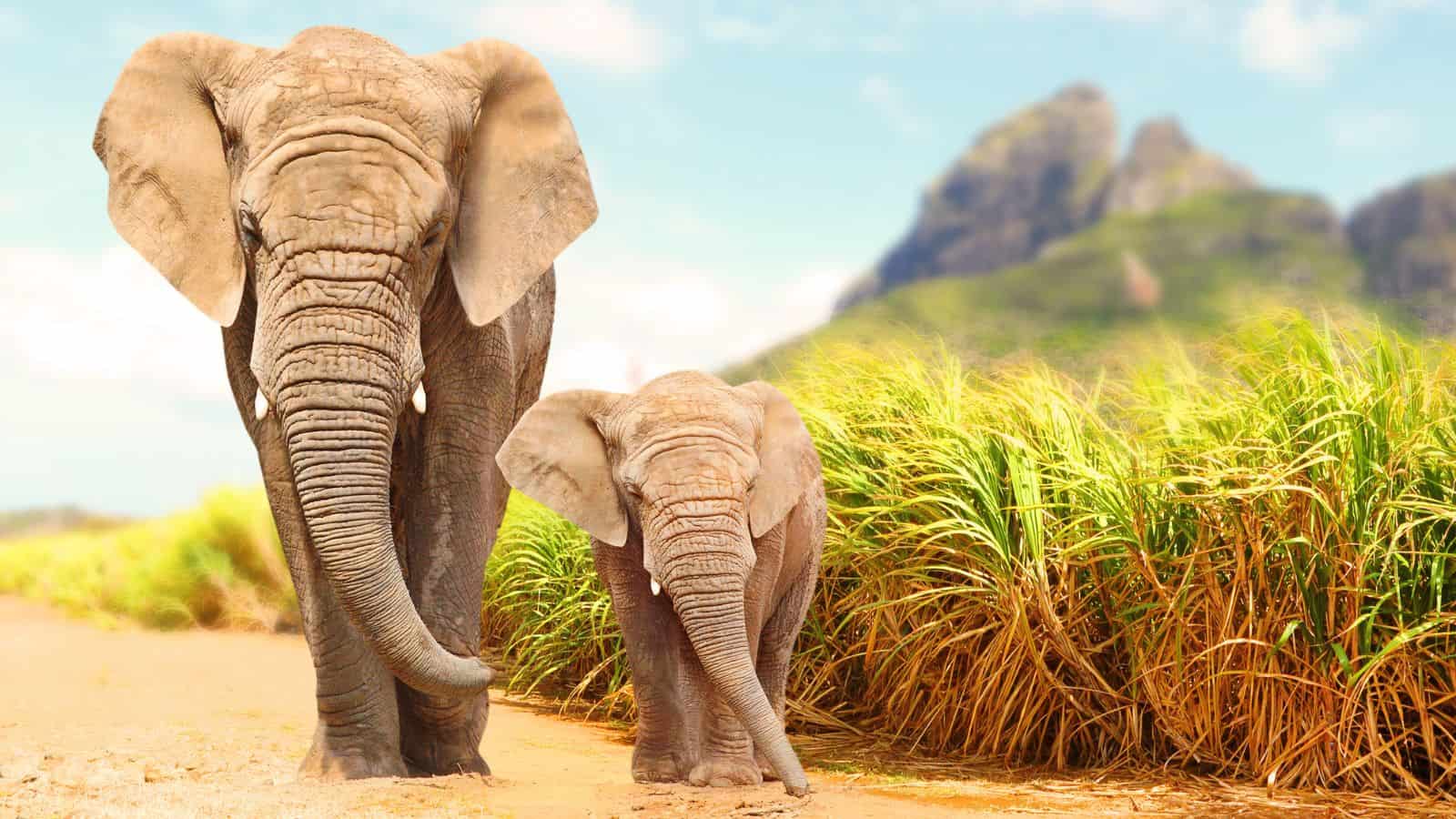
The elephant plays a major role in shaping their habitats and influencing the landscape while dispersing seeds, which contributes to forest regeneration. They’re incredible animals! Sadly, IUCN reports that two African elephant species are now endangered and critically endangered, and these aren’t the only ones at risk.
Mountain Gorillas
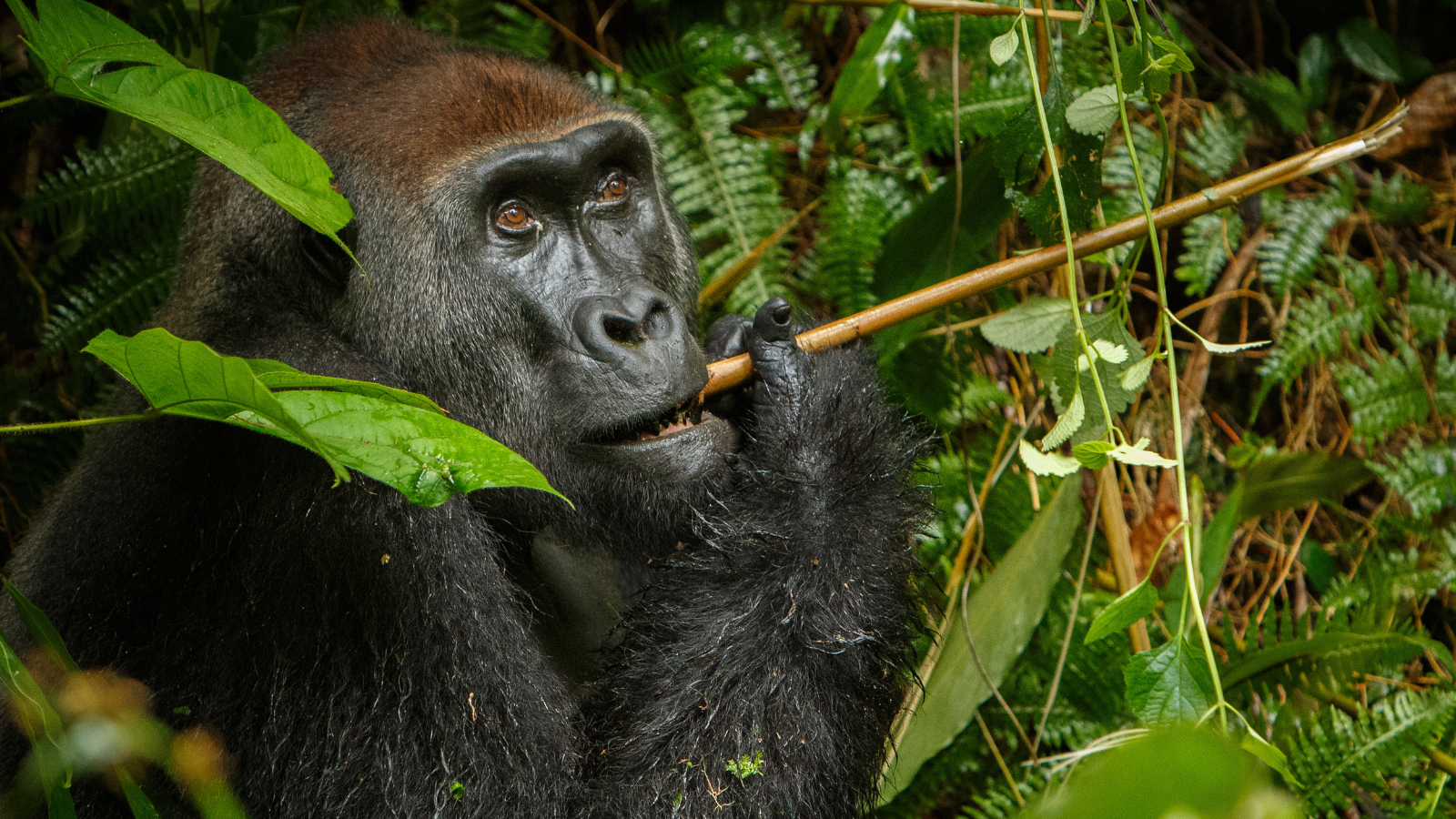
Gorillas are awesome objectively, and they get even more so when you find out what they actually do for the world. These fantastic apes promote biodiversity in their habitats by dispersing seeds and maintaining vegetation. So, the more gorillas in an area, the more healthy the ecosystem is.
Monarch Butterflies

Another creature that’s super important for pollination, which is crucial for reasons we’ve already looked at, is the monarch butterfly. But these flying bugs are also very important prey for a number of species, so they’re a real boost to the food chain, even if they don’t like being on the receiving end of it.
Krill
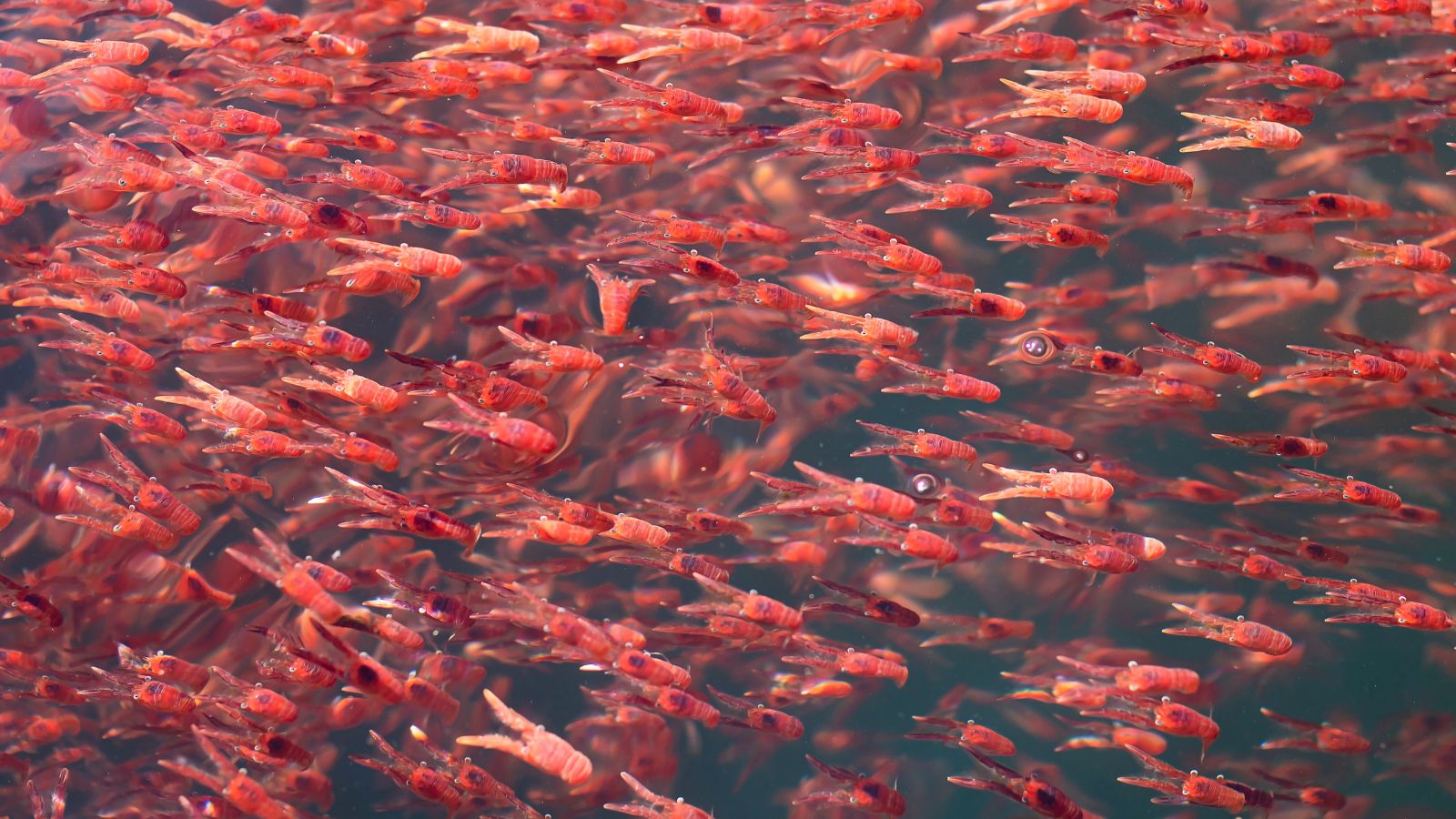
The Antarctic food web is fully backed up by krill, as they’re a staple part of the diet for the likes of whales, seals, and penguins. In fact, whales can eat as much as 16 tonnes of krill in a day, according to Baleines en direct, so it’s important that a lot of them exist.
Rhinos
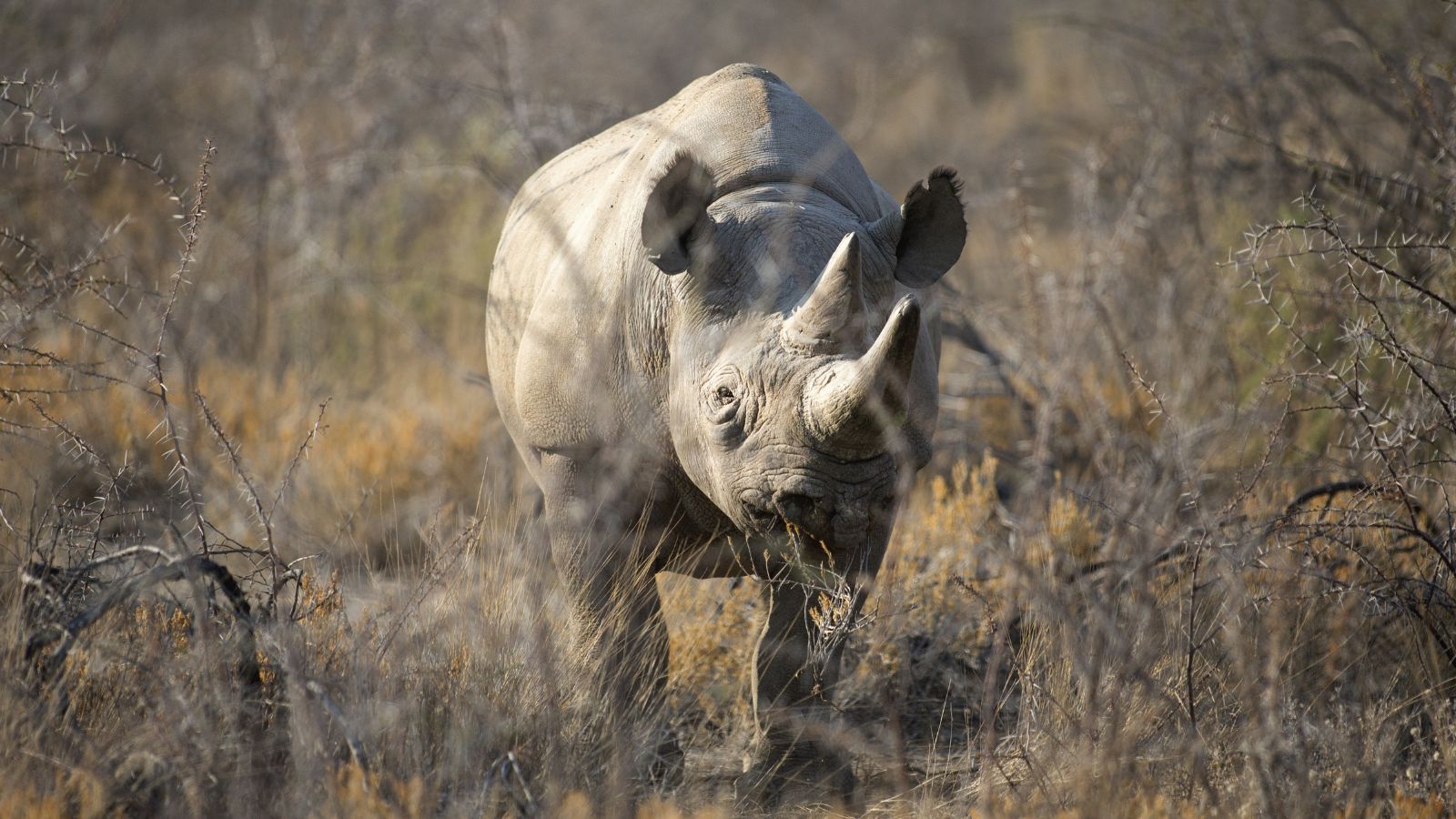
The magnificent rhino’s grazing behavior helps shape the African savannas and attracts many tourists to the countries where it’s found in the wild. This stimulates local economies, adding another level of importance to those areas.
Tigers
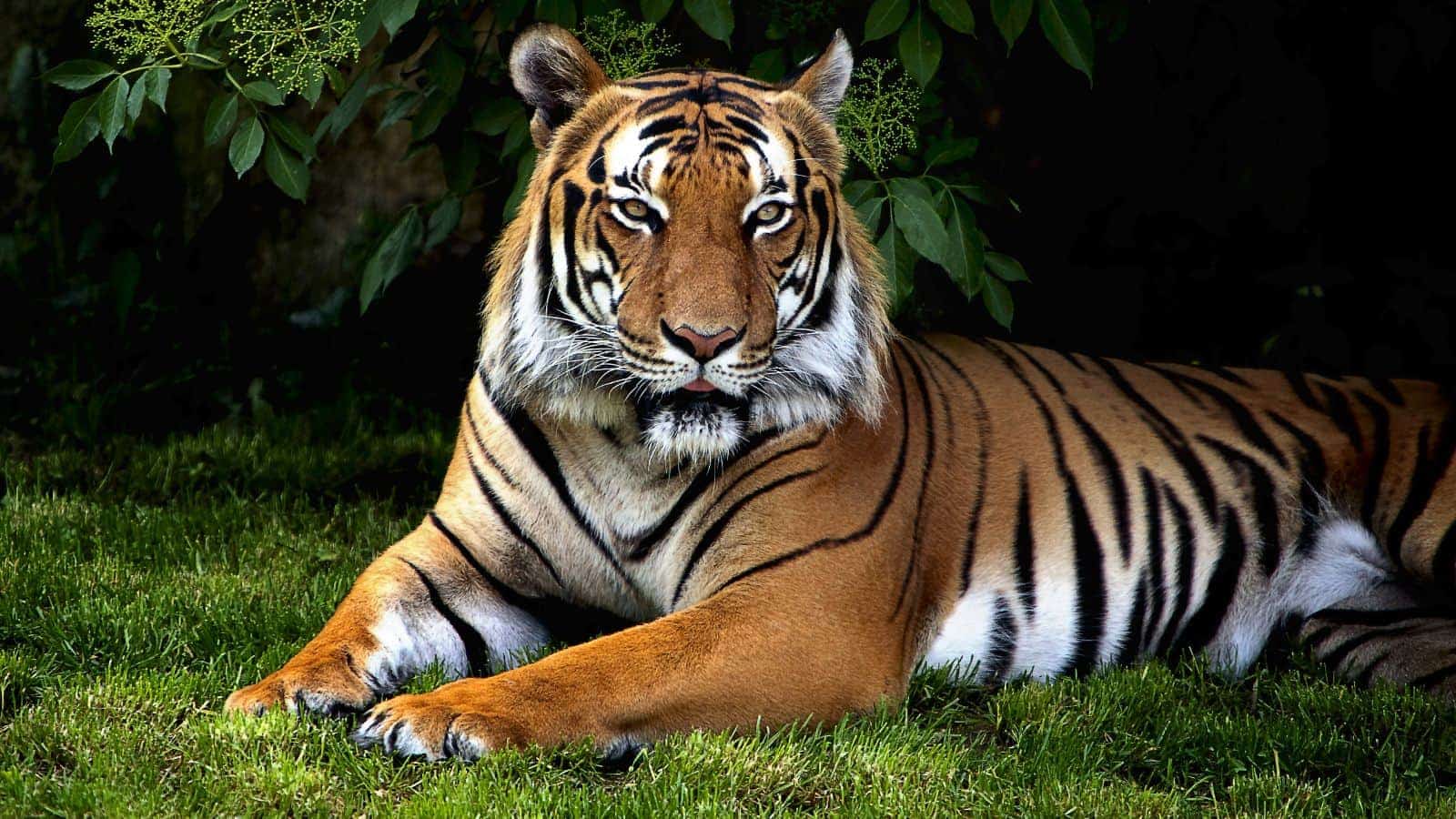
The David Shepherd Wildlife Foundation shows us that tigers help to protect the ecosystem they live in while protecting other species of tigers and providing a bunch of other key benefits. Moreover, their decline in population indicates other serious issues with the environment, so it’s bad news all around.
Albatrosses

The mighty albatross is very important for controlling fish and squid populations and maintaining marine food webs in all of its habitats. It’s a hungry bird! Without it, we might see overpopulation of certain species and the destruction of others lower on the food chain.
Jaguars
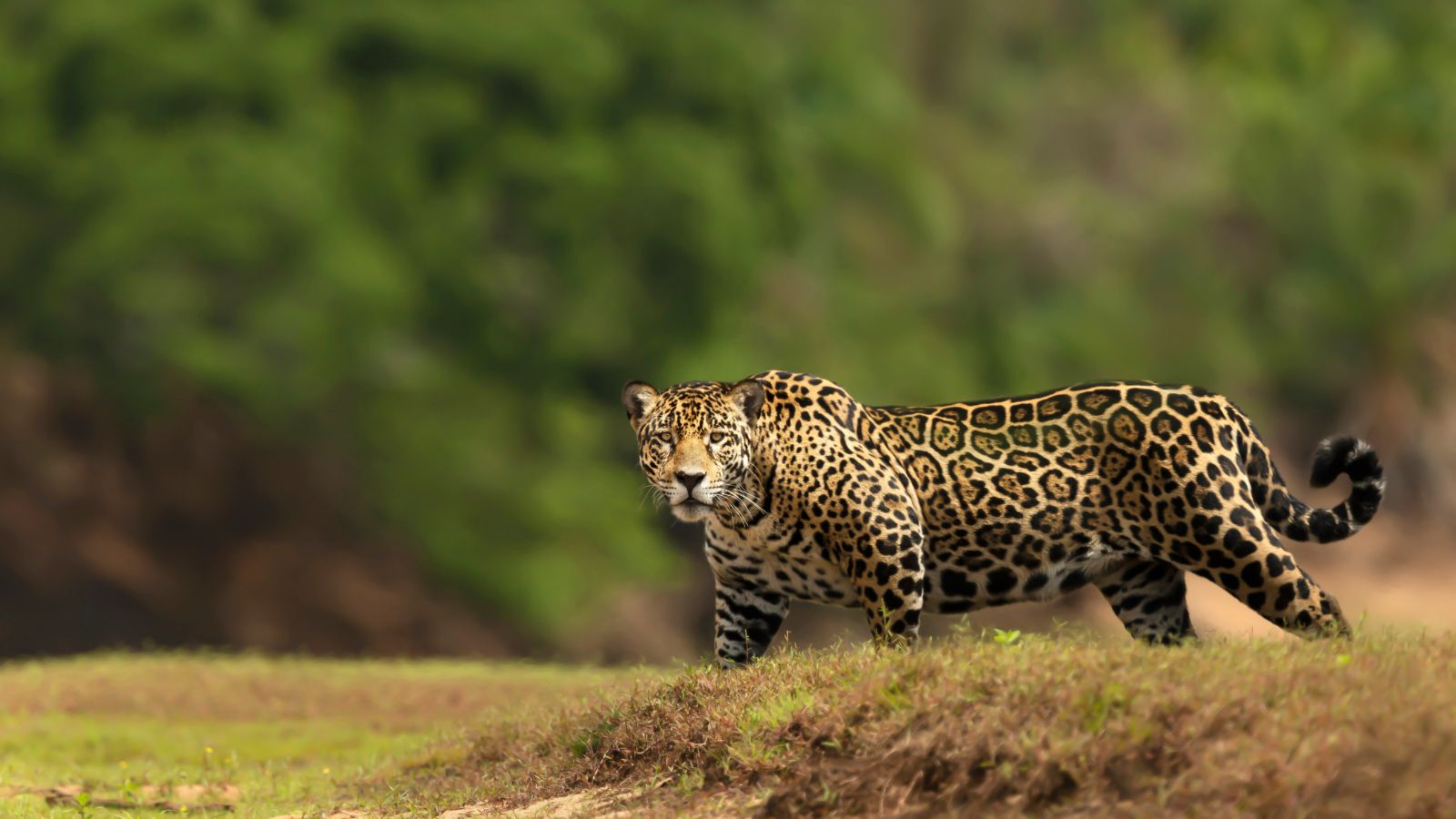
These top predators are key to maintaining balance in tropical forests. They eat many creatures, which helps stabilize things lower in the food chain. Plus, they’re important for biologists as their numbers indicate the health of the ecosystems where they live.
Sharks
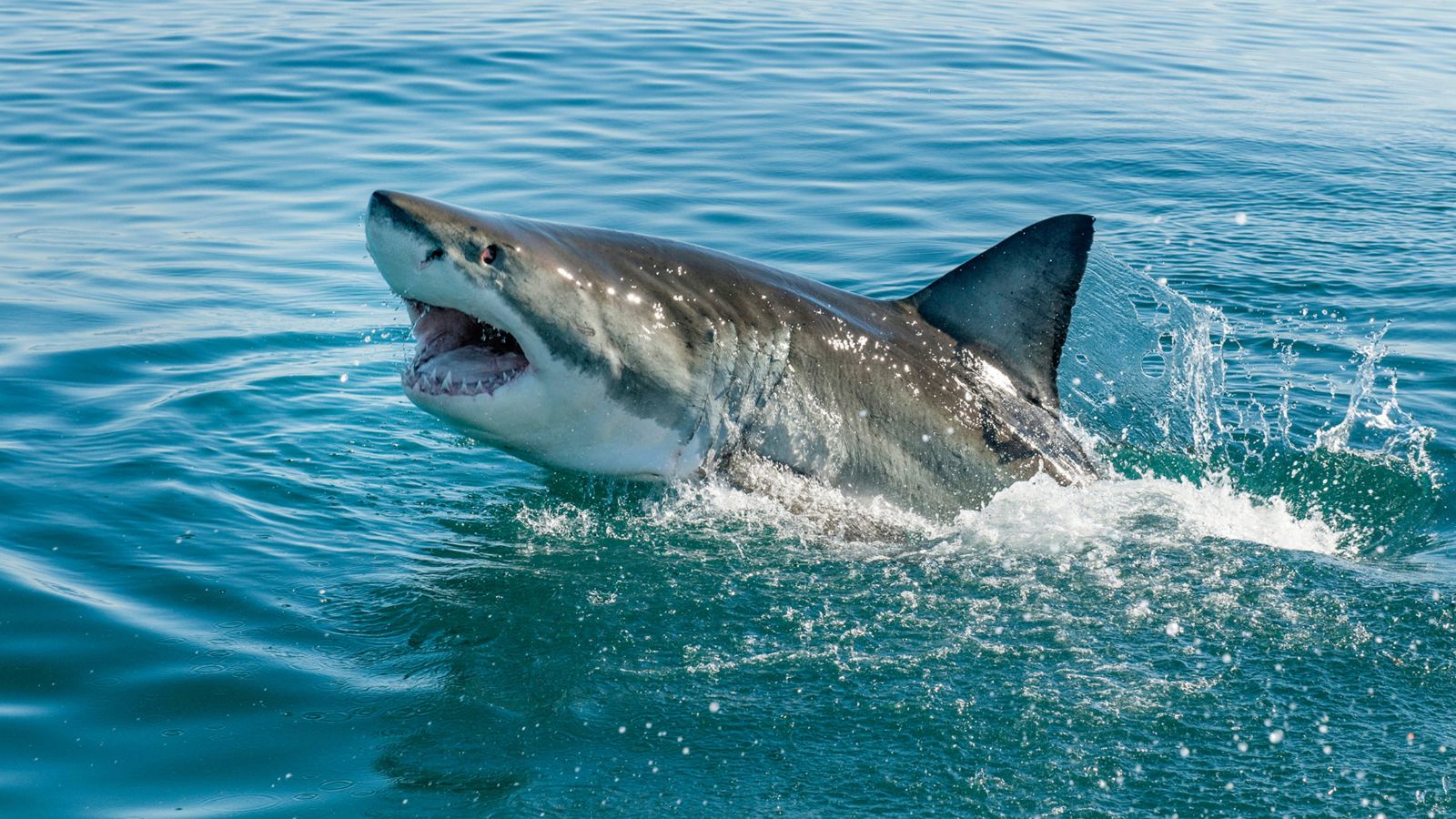
We’ve just seen one of the top predators of land, but what about the top predator of the sea? That would be the shark, of course, and it, too, is very important for maintaining ecosystems. Once again, it’s important to keep an eye on their numbers in the interest of ocean health.
Up Next: 18 Reasons Older Men Say ‘Nope’ To Relationships

Older men embrace being alone and generally prefer spending time in solitude. They’ve had a full, so don’t criticize them for being less social! The following 18 reasons explain why older men prefer to be alone and are redefining how they experience their retirement years.
18 REASONS OLDER MEN SAY ‘NOPE’ TO RELATIONSHIPS
18 Most Dangerous Cities in the World (5 Are in America)

Across the globe, there are many places you don’t want to find yourself because of the crimes waiting to occur. Sometimes, even nature can be cruel to you. This is particularly the case in the following 18 most dangerous cities in the world, five of which are in America!
18 MOST DANGEROUS CITIES IN THE WORLD (5 ARE IN AMERICA)
18 Reasons You Feel Like You Don’t Belong Anywhere

Feeling like you don’t belong anywhere can feel incredibly isolating. We need companionship to keep us connected to the world, so if you’re struggling to form relationships and don’t feel that you don’t fit in, here are 18 reasons why that might be.
